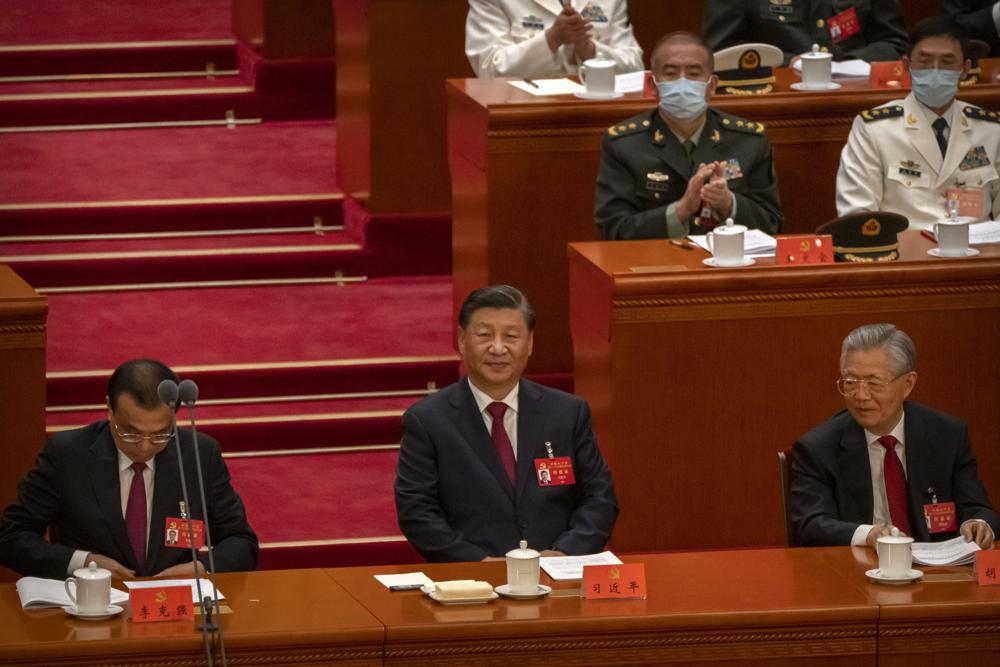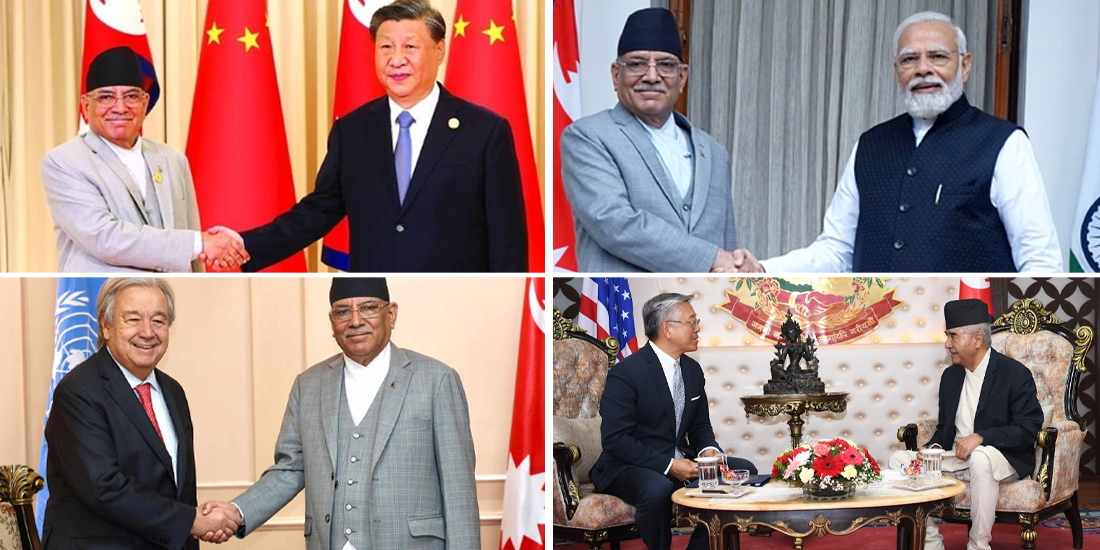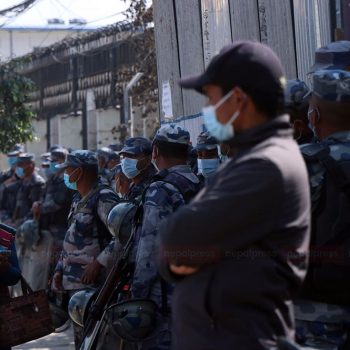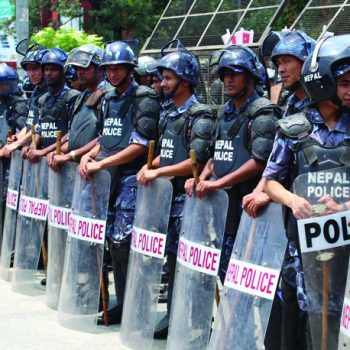China’s party congress promises continuity, not change
 NepalPress
NepalPress

The overarching theme emerging from China’s ongoing Communist Party congress is one of continuity, not change, Associated Press reported.
The weeklong meeting, which opened Sunday, is expected to reappoint Xi Jinping as leader, reaffirm a commitment to his policies for the next five years and possibly elevate his status even further as one of the most powerful leaders in China’s modern history.
A look at what’s happened so far, and what’s to come:
MORE OF THE SAME
This is not an inflection point for the party. That happened 10 years ago when it named Xi as leader, though it wasn’t evident at the time.
Since then, Xi has reoriented China both domestically and internationally. The military has staked claims to disputed territory while diplomats have become more assertive, saying China won’t be bullied by the U.S. and others.
Xi has brought back stronger state control over the economy and society, expanding censorship and arrest to stifle dissent. An unprecedented crackdown on corruption has brought down hundreds of senior officials, including some potential political rivals.
All of that is here to stay was the message from a one-hour and 45-minute party report that Xi delivered to the opening session on Sunday, extolling the party’s efforts toward what he calls the “rejuvenation” of the nation.
ELEVATING XI
Xi has already swept away competitors and consolidated power. The question is whether he will gain even more power — and how.
Practically, he has placed himself in charge of the military, foreign policy, the economy and most other matters through a series of party working groups that he heads.
Symbolically, his ideology, known as Xi Jinping Thought, was enshrined in the party congress at the previous congress in 2017.
Another amendment to the constitution is on the agenda for this week’s congress. No details have been divulged, but analysts say it could further raise his status in the party.
THE NEW LEADERS
It is customary for the party to unveil its top leadership for the next five years the day after the congress closes, with the small group named to the Politburo Standing Committee identified for the first time when they parade out on stage.
Xi is widely expected to be at the top, getting a third five-year term. That would dispense with an unwritten agreement for party leaders to step down after two terms.
The others named to the Standing Committee, which currently has seven members, could offer clues to Xi’s future and the direction of policy.
He is expected to stack the committee with loyalists. Analysts wonder whether China’s economic slump will force him to temper his enthusiasm for a state-run economy and include supporters of a more market-oriented approach.
No obvious successor was picked for the current Standing Committee in 2017, signaling that Xi was eyeing a third term. Doing so again would suggest he plans an even longer stay.
WAIT FOR THE WEEKEND
With most of this week’s sessions behind closed doors, none of this is likely to be known until the weekend. Any amendment to the constitution would typically be announced at the closing session on Saturday, and the new leadership paraded out on Sunday.
ZERO-COVID BLUES
For many Chinese, weary of pandemic restrictions that have disrupted lives and the economy, the more immediate question is whether there be any easing after the party congress.
The answer is probably not immediately, and changes when they do come will most likely be gradual.
The Communist Party is always eager to portray the country in a positive light around the congress and avoid any societal disruptions — and a major COVID-19 outbreak would be one.
But even after the congress, it will remain uncertain how widely COVID-19 will spread if travel and other restrictions are eased, so party officials remain cautious about opening up.
Plus there’s always another major event to worry about. As a follow-up to the party congress, China’s legislature will meet next year, probably in March. Many Chinese are preparing to hunker down at least until after that.














